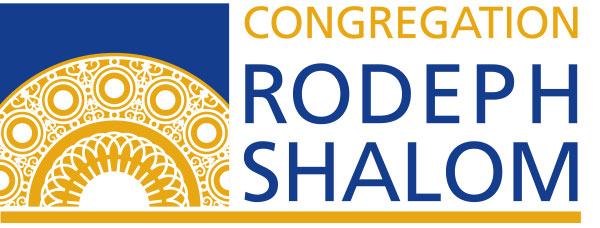In an animated short film called, The Power of Empathy, Dr Brene Brown illustrates how empathy is different from sympathy.
Empathy, she teaches, fuels connection, while sympathy drives disconnection. She defines empathy as the experience of recognizing the perspective of another as their truth, staying out of judgment, recognizing emotion in other people and communicating that. She says empathy is feeling with people.
I trust that I’m not the only one who finds this to be challenging. But this short film was a helpful tool for me. Dr. Brene Brown understands empathy as a deep hole–deep, but not lonely. In her film, Dr. Brown depicts a cartoon fox with a raining cloud hovering over her head. A bear approaches the fox and sees the fox drop into the deep hole. Rainy cloud in-tact, the fox shouts from the bottom, “I’m stuck. It’s dark. I’m overwhelmed.” The bear–empathy– climbs down and says “Hey. I know what it’s like down here. And you’re not alone.”
Brown draws sympathy as a moose. The moose sticks her head into the opening of the hole, peers in and, eating her sandwich, says, “Oooo. Looks bad down there.”
Empathy is a vulnerable choice because in order to connect with the fox, the bear has to connect with something in himself that knows that feeling. He has to step under a raincloud.
There’s no silver lining in empathy. Rarely, if ever, does an empathic response begin with “At least…” As the fox says, “I had a miscarriage,” the moose replies, “at least you know you can get pregnant.”
And how tempting it is to be the fixer when someone shares a difficult problem. But instead, the bear says, “I don’t even know what to say right now; I’m just glad you told me.” Rarely, teaches Brown, can a response make things better. What makes something better, is connection. What makes something better, is being heard, being seen, being understood.
This week’s Torah portion, Ki Tavo, teaches that Moses says: “You have seen all that God did before you, wonderous feats, signs and marvels. Yet to this day — ad hayom hazeh — God has not given you a heart to understand or eyes to see or ears to hear.” Harsh statement coming from Moses! To this day–you just don’t get it.
Commentators say no– how could Moses say this to his people? The text — ad hayom hazeh –should not be read “to this day–to this day, they don’t get it.” Instead, read it “until today,” as if saying, “for a long time the Israelites could not understand with their hearts or see with their eyes. Until now. Now, they get it. Now their hearts understand, their eyes see, their ears hear.”
These verses do not speak specifically of empathy, but that image of the understanding heart, the seeing eyes and the hearing ears, does carry a message of what it means to be present.
Pediatrician Rachel Naomi Remen writes of her experience following 6 diabetic children through adolescence. Once the youngsters approached their teen years, they began to avoid checking their sugar levels and they became sloppy with their diets. They just wanted to fit in among their peers. Their parents feared for their children’s lives. The teens had no interest in listening to their parents — what teen-ager does?!
Dr. Remen felt compassion towards both the children and the parents and sought to help them see things in a different way. She created 2 support groups. In each, she placed half of the children and half of the parents. But here’s the tricky switch: the kids shared a group with the parents of the other groups’ kids. In a group of other kids’ parents, the kids were able to open up enough to share. They were also able to open up and be in touch with their own vulnerabilities enough to understand, to see with new eyes, to hear with new ears. The same went for the parents. With diabetic kids who were not their own, they allowed themselves the vulnerability to understand, to see, to hear. When these kids and parents were present for one another, it did make a difference.
I hear of a similar phenomenon in our own congregants’ experiences of support groups. In our RS Support Group for Parents of Addicts and Alcoholics, and in our W Connection group for widows building a new chapter of their lives, people turn to one another to say, “I’m stuck. It’s dark. I’m overwhelmed.” Others listen and say, “Hey. I know what it’s like down here. And you’re not alone.”
Jewish wisdom does not limit empathy to the sadness or suffering that demands our compassion. An expression of the oneness in this world, empathy can come with the fullness of joy. A story is told of the 19th century Rabbi Finkel, who was enjoying a private banquet. What was the occasion? He had been told that a man in a far-off land — a man whom he did not know — had won a great prize. So Rabbi Finkel was full of joy for him. And so he made himself a party.
As we move through the Hebrew month of Elul and inch our way towards the Days of Awe, may we be present with people. Whether in the fullness of joy, or at the bottom of the hole, where we hear, “I’m stuck,” may we be ready to climb under the raincloud. By this day– ad hayom hazeh — , eyes now seeing and ears now hearing, may we say “Hey. I know what it’s like down here. You are not alone.”
